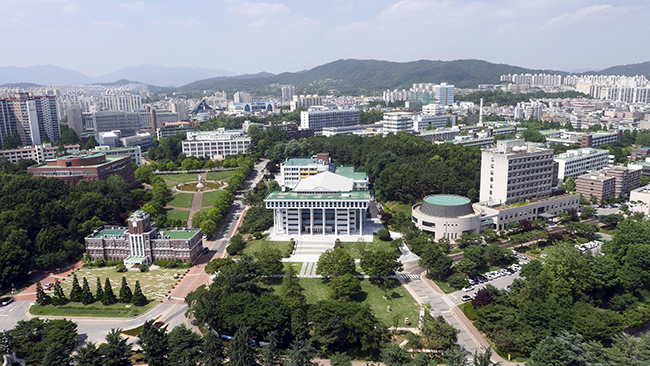In a comprehensive review that promises to reshape the realm of bioprinting, researchers from South Korea’s Chonnam National University have delved into the latest methodologies for constructing bioengineered blood vessel models. This insightful review, showcased in the journal “Cyborg and Bionic Systems” on August 1, illuminates the progression of 3D bioprinting techniques from rudimentary structures to intricate vascular systems.
3D bioprinting, as elucidated by Prof. Hee-Gyeong Yi, an author of the study, is a transformative medium surpassing traditional 2D cell cultures in precision and efficacy, becoming indispensable for regenerative medicine and extensive biological inquiries.
Traditional two-dimensional (2D) vascular models face challenges in reproducing the intricate three-dimensional (3D) cellular microenvironment inherent to humans, thus restricting their physiological accuracy. “Biofabricated models, grounded in tissue engineering and regenerative medicine principles, herald a paradigm shift, surmounting the confines of both 2D and animal models,” the research team said.
Such Bioengineered Models (BMs) recreate the human body’s native microenvironments tailored to specific patients and targets. These BMs open vistas for rigorous in-vitro testing, facilitating authentic simulations of organ and tissue functionalities, thereby ensuring drug and medical device reliability, Prof. Yi emphasized.
An intriguing aspect of their study highlighted coaxial nozzle bioprinting – a technique producing concentric structures through simultaneous bioink printing of distinct materials. Peering into the future, the researchers anticipate bioprinting’s capability to produce blood vessels that exhibit meticulous microstructures in-vitro. This paves the way for crafting interconnected tissue models and anatomically true vascularized tissues. Such advancements are set to revolutionize in-vitro disease studies, particularly vascular-related ailments, and catalyze large-scale production of diverse high-caliber tissues.
“Mastering scaffold fabrication methodologies like electrospinning or 3D scaffolding, and fine-tuning printing specifics tailored for tubular constructs can spawn incredibly nuanced structures,” said Prof. Yi. This comprehensive review stands as a clarion call, beckoning a multidisciplinary coalition of researchers, clinicians, engineers, and domain experts to steer 3D bioprinting research towards tangible applications, thereby enhancing our understanding of human physiology and maladies with unprecedented precision.





